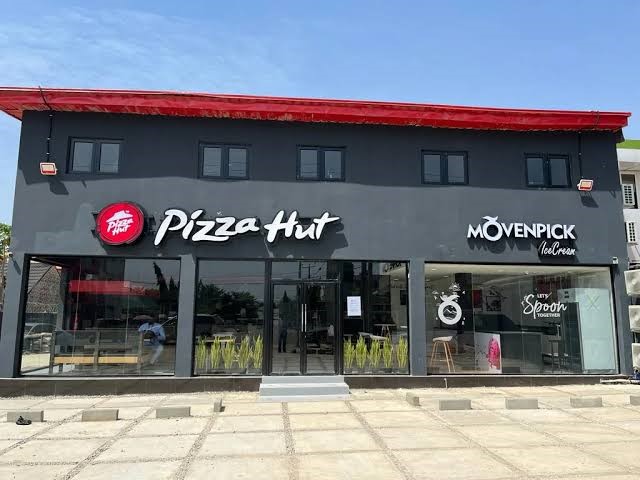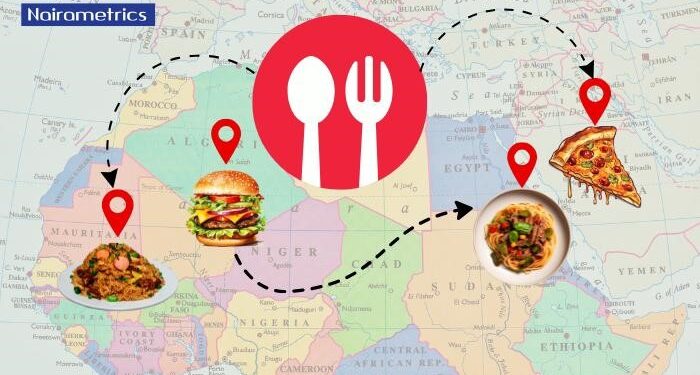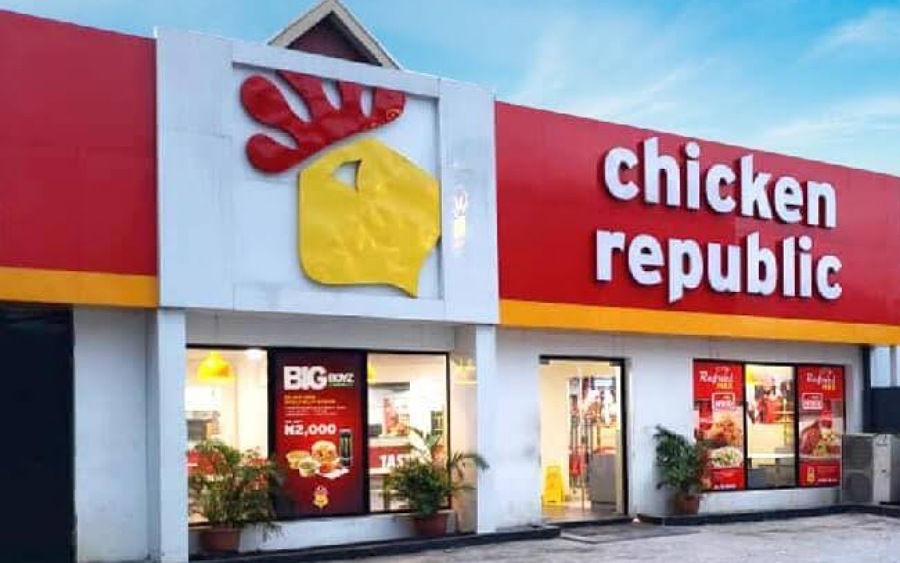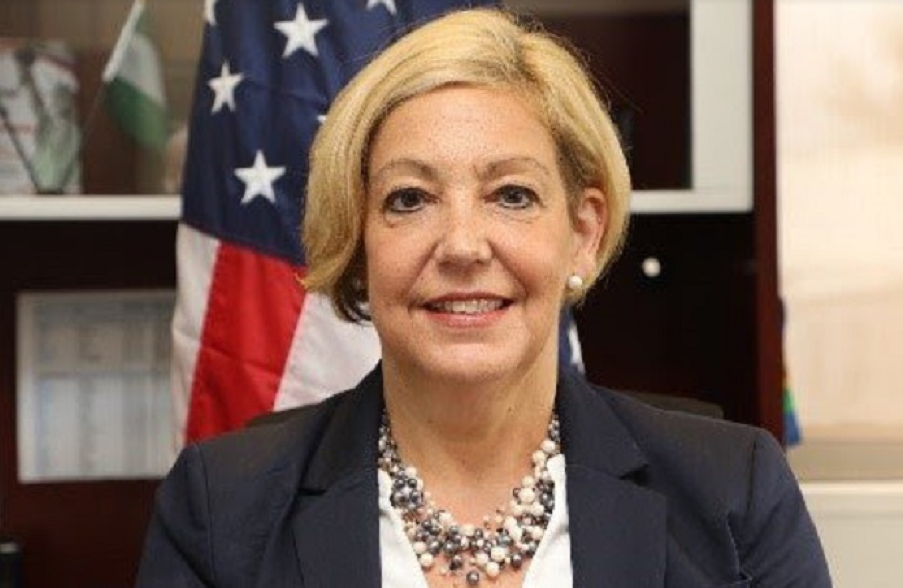With more than 1.5 billion people and a median age under 20, Africa with a GDP of $2.8 trillion is fast becoming one of the most important growth markets for the global fast-food industry.
From Lagos to Nairobi, international quick-service restaurant (QSR) chains and homegrown brands alike are racing to feed a young, urbanizing population whose appetite for convenience, affordability, and brand-name meals is reshaping the continent’s food economy.
Driven by franchising models that enable rapid expansion and consistent branding, fast-food chains are now visible across major cities and secondary markets. Nigeria, with a population approaching 240 million, leads the charge, but Ethiopia, Egypt, and the Democratic Republic of Congo are close behind, providing fertile ground for business growth.
This surge reflects more than just shifting eating habits. It’s a story of economic transformation, one where rising consumer demand, a youthful workforce, and digital food delivery are fueling the proliferation of Western-style fast food across Africa.
Below, we explore 10 of the largest restaurant chains tapping into the multi-trillon dollar African economy, and the socio-economic forces driving their expansion.

- Presence: 10+ countries
- Country: International (U.S.)
Pizza Hut, the world’s largest pizza chain, continues to grow its international presence, including a steadily expanding footprint across Africa. Founded on May 31, 1958, by brothers Dan and Frank Carney in Wichita, Kansas, the brand has grown into a global powerhouse with 19,866 restaurants in over 100 countries as of 2023.
Headquartered in Plano, Texas, Pizza Hut is known for its signature pan pizzas and family-friendly dining experience. Part of Yum! Brands, Pizza Hut has rapidly expanded across East, West, and Southern Africa, with a major presence in over ten countries, including Egypt, South Africa, Nigeria, and Kenya. This expansion reflects a growing appetite for international fast-food brands across the continent, particularly in urban centers with rising middle-class populations.























